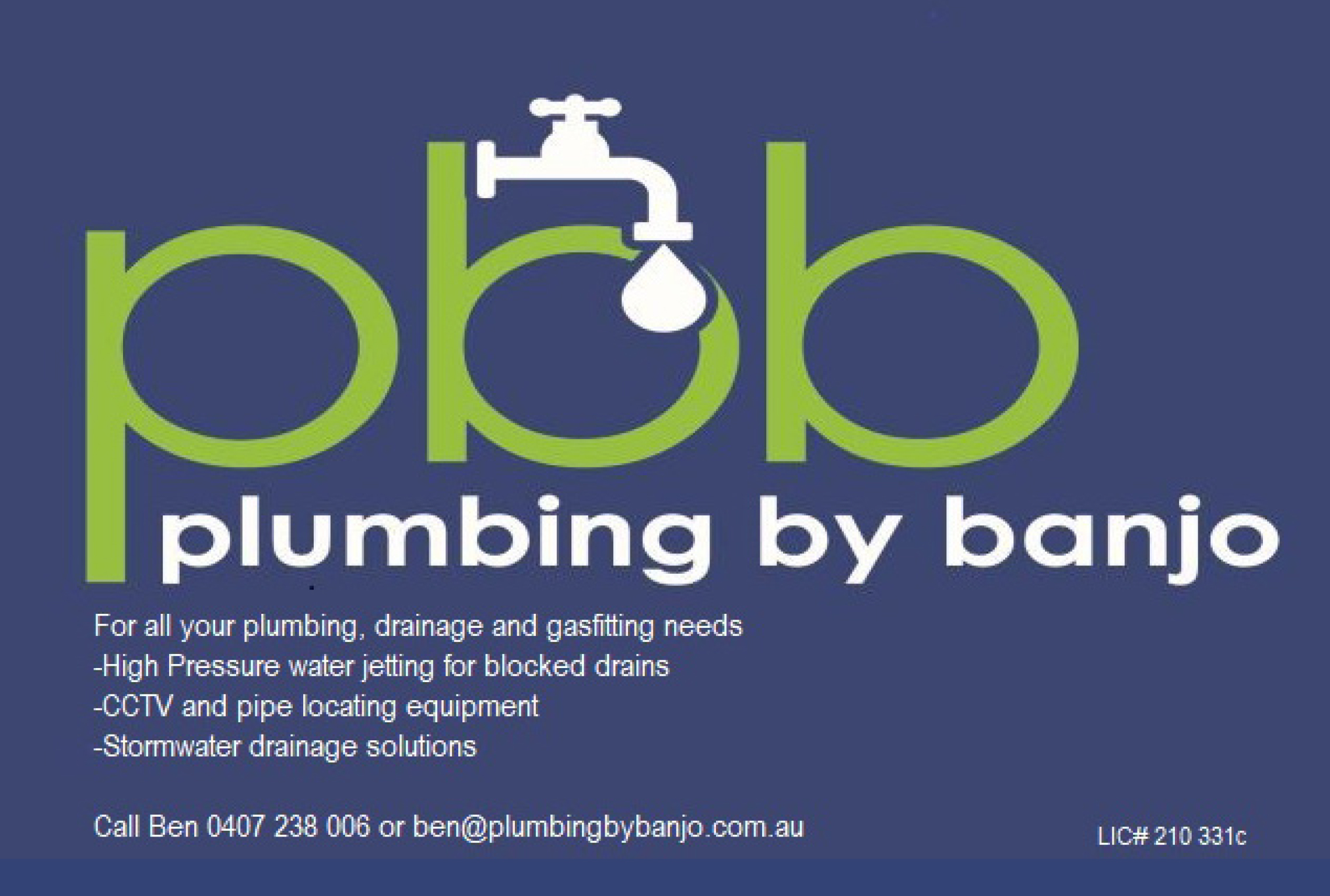As a registered nurse, Belinda Davis thought she was in a pretty good position to help find the best aged care options for her ageing parents.
But even with her background in healthcare, she found navigating the process challenging.
“I cannot imagine how elderly people without computer literacy and skills are expected to navigate the system”, she said.
Ms Davis has battled her way through different parts of the aged care system for almost five years.
She placed her father in an aged care home and organised home care for her late mother who had Parkinson’s disease.
She said she spent hours on the phone to government portal My Aged Care, Centrelink, aged care homes and service providers, trying to get information.
“No one person actually understands all of it”, she said. “Every single person knows their little tiny bit of it. Talking to financial advisers and even they couldn’t understand.”
The ABC has heard stories of confusion, frustration and despair from other people encountering the system or who are already enmeshed in it.
So how do you ensure that you or your loved one avoids the worst of the system and finds the best possible care?
Where do you start?
The first step is recognising when you, or your loved one, needs help and when living at home without support is no longer an option, according to Kyra-Bae Snell, the executive director of aged care consultancy group CareAbout.
She wishes she could tell every Australian one thing: “Things change very quickly.”
“It’s important to be informed and know what’s available ahead of time,” she said. “Don’t put your head in the sand about the reality of ageing.”
After that, the first port of call is My Aged Care, which is the gateway to the three main forms of aged care in Australia: the Commonwealth Home Support Programme (CHSP), Home Care Packages, and residential aged care.
You can access their website or call them on 1800 200 422.
The CHSP is an entry-level package for people who need very basic domestic help, like a couple of hours of cleaning per week.
Home care packages and residential aged care provide higher levels of support.
But to access either of these, you need to get assessed by an Aged Care Assessment Team (ACAT).
ACAT determines what sort of help is needed, how urgent it is, and whether it can be done in the home.
Home care packages: what are they, and how do they work?
This is for people who are able to remain at home but need a higher level of support than what the CHSP provides.
There are four different types of home care packages depending on needs, and ACAT determines which one you’ll get.
- Level 1 – Low needs (domestic help or meal prep)
- Level 2 – Moderate needs (social support, transport and shopping)
- Level 3 – Intermediate needs (personal care, medication help)
- Level 4 – High needs (showering/dressing help, nursing, memory help)
People with moderate to severe cognitive impairment, like dementia, can qualify for extra services.
The packages are “consumer led” meaning the individual decides their own service provider.
Choosing a provider can be a job unto itself, but the best place to start is through My Aged Care.
Once you’ve picked a provider, federal government pays the provider a subsidy to arrange a package of care services, based on what level ACAT has determined you need.
You may face some additional out-of-pocket costs, such as daily care fees, depending on your financial situation.
They can range from $10.50 a day for a Level 1 package or up to $11.70 a day for a Level 4.
There is also an income-tested fee which generally only applies to part-pensioners or self-funded retirees; however there are annual and lifetime caps on these.
How do you choose a home care package provider?
Specialist aged care financial advisor Kerry Darton said it’s important to do preliminary checks with service providers ahead of making your choice.
The key one, she said, is to really make sure the service provider can provide “all the services needed” and the “total number of hours of care” that the home care package specifies.
She recommends meeting with the service provider to write up a checklist of all the things you or your loved one needs, so there’s accountability and something to refer back to in case of a disagreement.
There is also the option of a “self-managed home care package”. Self-managing a home care package means you organise care and hire staff, such as cleaners or nurses, instead of using a service provider to do it.
Ms Davis said it took time, but the benefit was saving money in admin fees.
While experts like Ms Snell think home care packages are a better option than residential care, there are huge wait times – sometimes up to 12 months.
Earlier this year it was estimated that more than 62,000 Australians were waiting on one.
“Unfortunately … because of the wait times, [some] people end up in aged care homes who could be cared for in their own home”, Ms Snell said.
Residential aged care: who needs it, and how do you apply?
If you or your loved one have complex needs or it would be unsafe to continue living independently, that’s when it is time to consider an aged care home.
An ACAT assessment determines if residential aged care is needed. If it is, then the challenge is often finding the right home.
Ms Snell said the selection should be based on the home’s location, so family and friends can easily visit, services, costs and reputation.
You can suss out a home’s reputation by asking around, checking its accreditation status and performance assessment, or seeing if there’s any non-compliance orders for the home.
Then, as Ms Snell pointed out, it’s essential to take a tour of the facilities you’re considering. “You need to take a checklist and you need to take notes”, she said.
You also need to consider the costs involved and whether you can afford it.
Once you’ve found a place that feels right, the next step is apply to the home; wait to be accepted; and then sign contracts, often a resident and accommodation agreement.
A solicitor is useful at this stage, or you can contact the National Aged Care Advocacy Line on 1800 700 600.
Ms Snell said homes that are more expensive don’t necessarily have better care.
“Getting a sense of the home by spending time in the home is actually the key to understanding whether or not it’s going to feel right for you and your loved one”, she said.
That’s why a temporary period of ‘respite’ care, which lets you “test out” a facility for up to 63 days, is essential.
If you will be acting as an advocate for someone in aged care, it’s helpful to get your documentation in place immediately.
This includes the Will; the enduring power of attorney; the guardianship; and an end of life care plan – all of which can differ according to each state and territory.
How do residential aged care costs work?
Even before you start the process of finding the right aged care placement, experts advise it’s important to get financial advice, either through a specialist aged care financial advisor or via Centrelink for free.
That’s because the financial side of things is very complex, Kerry Darton explained, as aged care has four different sets of costs:
- The refundable accommodation deposit (RAD), which is used to secure a room
- A basic daily fee, which applies to everyone and covers day-to-day services such as meals and cleaning
- The means-tested fee is for those with assets, and covers personal and clinical care
- Some facilities charge additional service fees, for hotel-type services like pay TV or hairdressers.
The first cost you’ll need to prepare for is the RAD, and it’s generally a big up-front cost to secure a room in aged care.
RADs can range from $200,000 to $1.5 million depending on the facility, where it’s located and size of the room.
If the RAD is paid in full, then when the resident dies, the money is returned to the estate and “distributed as per the will”, Ms Darton said.
But if the resident can’t pay the RAD in full, there are other options.
“You can buy part of the room and rent part of the room”, Ms Darton said.
Or there is the option of just paying rental fees; however those aren’t ever returned.
If you really can’t afford the RAD or rental fees, then you could be deemed a “low means resident”, meaning “the government then tips in for accommodation costs”, Ms Darton explained.
Some people sell their home to pay the RAD, but Ms Darton said she advised “95% of [her] clients to hold onto the home”, at least initially.
That’s because for the first two years of residential aged care, Centrelink doesn’t include the value of the home when calculating if someone can get the aged pension.
So, as Ms Darton explained, some people are better off using their super or savings to pay for the RAD, because it reduces their asset pool and therefore gives them a greater chance of getting the pension.
She also advised that “holding onto the house can help reduce the aged care means tested fee”, which is one of the other four costs associated with residential aged care.
What about short-term or more immediate care?
If you or your loved one don’t need long-term care just yet, there are two options: respite care, and Transitional Aged Care Packages (TACP).
Respite care can be in the home or outside the home.
But the most common type of respite is a “testing out” period for when someone first enters an aged care home, which can last for up to 63 days.
“Do it like a try before you buy; make sure you’re comfortable”, Ms Darton advised. “It’s seen as a short-term care solution.”
There are still some costs with respite, but according to Ms Darton it’s cheaper, “so a lot of people want to use up their respite for as long as possible”.
TACPs are also available in the home or in an aged care facility and generally apply to people who need help after a fall, or time in hospital.
The idea is to regain functional independence to avoid long-term care, so services like nursing, physio, speech pathology and personal care are provided.
The package can last up to 12 weeks and the costs are up to the service provider or aged care home.
However, the government has set a maximum amount: $11.70 per day if the care is at home; and $56.80 per day if in an aged care home.
Belinda Davis swears by TACP and said it really helped bridge that gap while her mother waited for a home care package.
“It gave her a lot more support, with occupational therapy, exercise physiology, speech therapy and resources for the home”, she said.
Published by ABC News in November 2022




